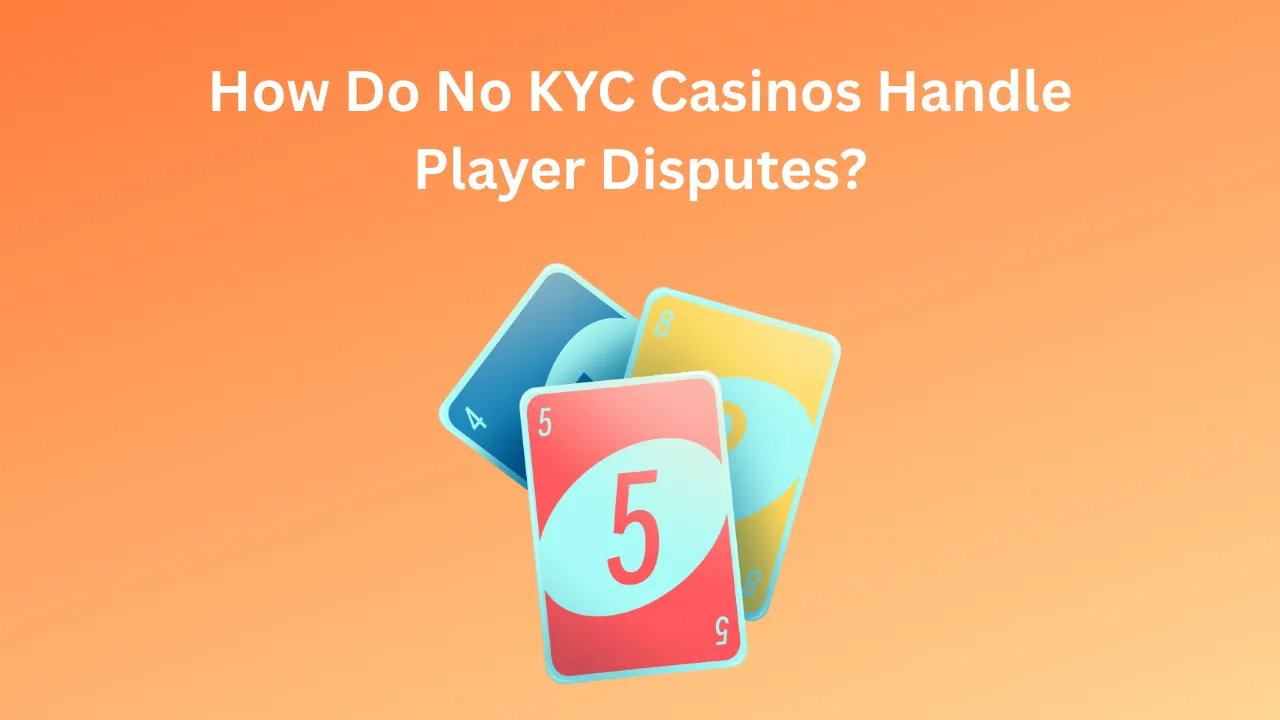The allure of online gaming, particularly in casinos not on GamStop, lies in their ability to tap into human psychology, creating experiences that are both thrilling and addictive. One of the most engaging mechanics in these platforms is the “pick and reveal” feature, a game element where players select from a set of hidden options to uncover rewards, bonuses, or surprises. This article explores how pick and reveal features psychologically engage users, diving into the cognitive and emotional triggers that make them so effective. By understanding the mechanics behind these features, we can see why they resonate so deeply with players in casinos not on GamStop and beyond.
The Mechanics of Pick and Reveal Features
Pick and reveal games are simple yet captivating. Players are presented with a set of concealed items—cards, boxes, or symbols—and tasked with choosing one or more to reveal hidden prizes, such as cash, free spins, or multipliers. These features are prevalent in slot games, bonus rounds, and promotional offers in casinos not on GamStop. The simplicity of the mechanic belies its psychological complexity, which is rooted in several key principles.
1. The Power of Choice and Control
Humans crave control, especially in uncertain environments like gambling. Pick and reveal features give players a sense of agency, allowing them to actively participate rather than passively watch outcomes unfold. This illusion of control is a powerful psychological hook. When players select a card or box, they feel they are influencing the result, even if the outcome is predetermined by a random number generator (RNG). According to a 2017 study in the Journal of Gambling Studies, perceived control increases player engagement and satisfaction, as it reduces the frustration of randomness and fosters a sense of empowerment.
In casinos not on GamStop, this sense of control is amplified by the freedom these platforms offer. Without the restrictions of self-exclusion programs like GamStop, players feel unencumbered, and pick and reveal features further enhance this autonomy. The act of choosing creates a personal investment in the outcome, making the experience more immersive.
2. Anticipation and the Dopamine Rush
The human brain is wired to seek rewards, and anticipation is a key driver of engagement. Pick and reveal features masterfully exploit this by building suspense. The moment between selecting an option and revealing the outcome triggers a surge of dopamine, the neurotransmitter associated with pleasure and reward. This anticipation is what makes these games so addictive. Neuroscientific research, such as a 2016 study published in Nature Neuroscience, shows that dopamine release is highest when rewards are uncertain but achievable, a hallmark of pick and reveal mechanics.
For example, in a slot game bonus round, a player might choose from five treasure chests, knowing only one contains a significant prize. The uncertainty of the outcome, combined with the potential for a big win, keeps players on edge. Casinos not on GamStop often integrate these features into their games to maximize player retention, as the dopamine-driven excitement encourages longer play sessions.
3. The Endowment Effect and Ownership
The endowment effect is a psychological principle where people assign greater value to things they perceive as “theirs.” In pick and reveal games, the act of choosing an item creates a sense of ownership, even before the reward is revealed. Players feel a connection to their chosen card or symbol, making the outcome—whether positive or negative—more emotionally significant.
This effect is particularly potent in online gaming, where players are already invested in their virtual experience. By allowing players to “own” their choices, pick and reveal features deepen emotional engagement. This is why casinos not on GamStop frequently use these mechanics in loyalty programs or welcome bonuses, as they foster a sense of attachment to the platform.
4. Variable Rewards and Intermittent Reinforcement
Pick and reveal features thrive on the principle of variable rewards, a concept rooted in behavioral psychology. Unlike fixed rewards, where players know exactly what they’ll get, variable rewards deliver unpredictable outcomes. This unpredictability is a cornerstone of operant conditioning, famously studied by B.F. Skinner, where intermittent reinforcement strengthens behavior. In gaming, this means players are more likely to keep playing because they never know when the next big win will come.
In the context of casinos not on GamStop, pick and reveal features often include a mix of small, medium, and large rewards, keeping players engaged through a cycle of wins and near-misses. For instance, a player might reveal a small cash prize, followed by a near-miss for a jackpot, prompting them to continue playing in hopes of a bigger reward. This cycle is designed to maintain engagement over extended periods.
5. Visual and Auditory Cues
The sensory experience of pick and reveal features enhances their psychological impact. Bright colors, animated reveals, and triumphant sound effects create a multisensory experience that amplifies excitement. According to a 2019 study in Frontiers in Psychology, sensory stimuli in gaming environments increase arousal and engagement by stimulating the brain’s reward centers. When a player uncovers a prize, the flashing lights and celebratory sounds reinforce the feeling of success, even for small wins.
Casinos not on GamStop often invest heavily in high-quality graphics and sound design to make these moments memorable. The sensory feedback loop makes players associate the act of revealing with pleasure, encouraging them to seek out these features repeatedly.
6. Social Proof and Competition
Many pick and reveal features are tied to leaderboards or shared jackpots, introducing an element of social proof. Players see others winning or competing for the same rewards, which creates a sense of urgency and community. This is particularly effective in casinos not on GamStop, where players may feel part of a global gaming community unrestricted by local regulations. The desire to match or surpass others’ achievements drives further engagement, as players strive to “beat the system” or their peers.
7. Accessibility and Simplicity
The universal appeal of pick and reveal features lies in their simplicity. They require no skill or prior knowledge, making them accessible to both novice and experienced players. This low barrier to entry ensures broad appeal, as anyone can participate and feel rewarded. In casinos not on GamStop, this accessibility is a key draw, as players seek straightforward, enjoyable experiences without complex rules.
Practical Implications for Players
Understanding the psychology behind pick and reveal features can help players make informed decisions. While these mechanics are designed to maximize engagement, they can also lead to prolonged play and potential overspending. Players should set strict budgets and time limits to enjoy these features responsibly. Recognizing the role of dopamine, variable rewards, and sensory cues can empower players to approach gaming with mindfulness, balancing enjoyment with control.
Conclusion
Pick and reveal features are a masterclass in psychological engagement, leveraging choice, anticipation, ownership, and sensory stimulation to captivate players. In casinos not on GamStop, these mechanics are carefully crafted to enhance the gaming experience, drawing players into a cycle of excitement and reward. By tapping into fundamental human desires—control, anticipation, and achievement—these features create a compelling and immersive experience. However, awareness of their psychological pull is crucial for responsible gaming. Next time you encounter a pick and reveal game, you’ll know exactly why it’s so hard to look away.








